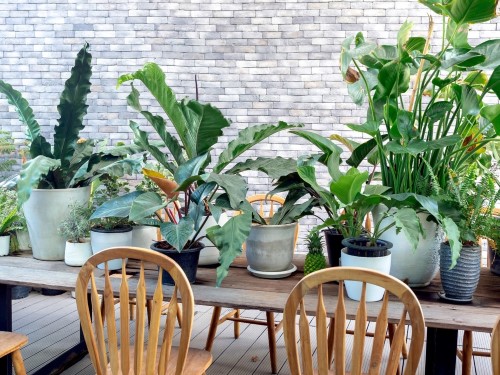In the past few years, there has been a big increase in interest in hemp and how it could change many businesses. Hemp is becoming a popular and environmentally friendly option to traditional materials. It can be used to make clothes, building materials, health and wellness products, and even fuels that last for a long time.
Cannabis sativa, the formal name for hemp, is one of the world’s oldest crops. It has been grown for thousands of years. Hemp, which is related to marijuana, has very little THC, the psychoactive substance that gives marijuana its “high.” Instead, hemp is valued for its tough stalks and healthy seeds, which can be used to make many different things.
Hemp in Textiles and Fashion
The textile business is one of the most promising places where hemp can be used. Strength, sturdiness, and breathability are some of the things that make hemp fibers great for making clothes, accessories, and home textiles. Hemp grows with a lot less water, chemicals, and herbicides than regular cotton. This makes it a better choice for people who care about the environment.
In the past few years, fashion designers and brands have started using hemp in their lines. This makes stylish, eco-friendly clothes that appeal to people who care about the environment. From everyday clothes to high-end styles, hemp materials offer a unique mix of style and sustainability that is helping to make the fashion industry more ethical and eco-friendly.
With the rise of e-commerce, it’s easier than ever to access a wide range of hemp products online, including everything from hemp-based textiles to CBD-infused treats like sour patch edibles and D9 vapes, offering consumers convenient and eco-friendly choices for their lifestyle needs.
Hemp in Construction and Building Materials
The building business is another one where hemp is making waves. Hempcrete, which is made of hemp fibers, lime, and water, is becoming more popular as an eco-friendly option for concrete and other common building materials. Hempcrete is not only lighter and more flexible than concrete, but it also blocks sound and heat very well, making it perfect for buildings that want to save energy.
Hemp strands can be used to strengthen plastics, composites, and other building materials. This cuts down on the use of nonrenewable resources and the carbon footprint of building projects. Hemp is going to have a big impact on the buildings of the future because planners and builders are becoming more concerned with sustainability.
Hemp in Health and Wellness Products
Recently, a lot of attention has been paid to the healing properties of hemp-based goods like sour patch edibles, especially those that contain cannabidiol (CBD). CBD or d9 vapes is a compound found in hemp that doesn’t get you high. It has been praised for its many health benefits, such as relieving pain, lowering worry, and making sleep better. Hemp-based wellness goods, like CBD oils, tinctures, creams, and capsules, are becoming more and more popular among people who want natural alternatives to traditional drugs.
Hemp seeds have a lot of important nutrients, like protein, omega-3 and omega-6 fatty acids, vitamins, and minerals, in addition to CBD. Hemp seed oil, which comes from pressing hemp seeds cold, is popular because it is healthy and can be used in many ways in food, skincare, and hair care. Hemp is going to be very important in the wellness business as people become more interested in natural remedies and holistic health. Many eco-conscious consumers are turning to hemp products online, seeking sustainable alternatives like hemp textiles and CBD-infused goods, while others explore the therapeutic benefits of sour patch edibles and D9 vapes, highlighting the diverse applications of this versatile plant.
Hemp in Sustainable Energy and Fuel
Hemp could be used for more than just clothes, buildings, and health. It could also be used as a renewable energy source. Biofuels like biodiesel and ethanol can be made from hemp biomass, which is a green alternative to fossil fuels. Hemp fibers can also be used to make supercapacitors, which are better at storing and releasing energy than regular batteries. This opens the door for more progress in storing green energy.
Growing hemp can also help slow down climate change by taking carbon dioxide out of the air. As a crop that grows quickly and has deep roots, hemp takes carbon dioxide during photosynthesis and stores it in its roots and biomass. This makes it a useful tool for storing carbon.
As interest in sustainable living grows, individuals are increasingly opting for hemp products online, from clothing to construction materials, while also exploring innovative CBD options like sour patch edibles and D9 vapes for holistic wellness solutions.
Conclusion
In conclusion, hemp is an amazing plant that could change many businesses and help make the future greener and more sustainable. Hemp offers new ways to solve some of the world’s most important environmental problems, from making clothes and building materials to health and wellness goods. As more people learn about hemp’s benefits and new technologies open up new options, the future looks bright for this eco-friendly and useful crop. We can use hemp’s power to make the world more resilient and eco-friendly for future generations if we accept it and put money into research and development.


